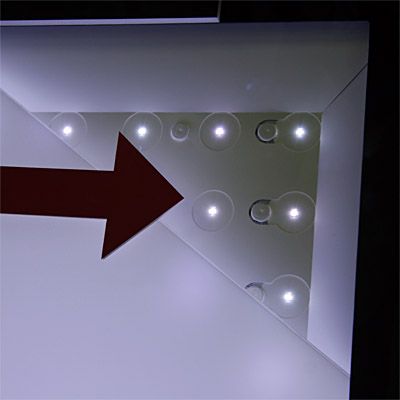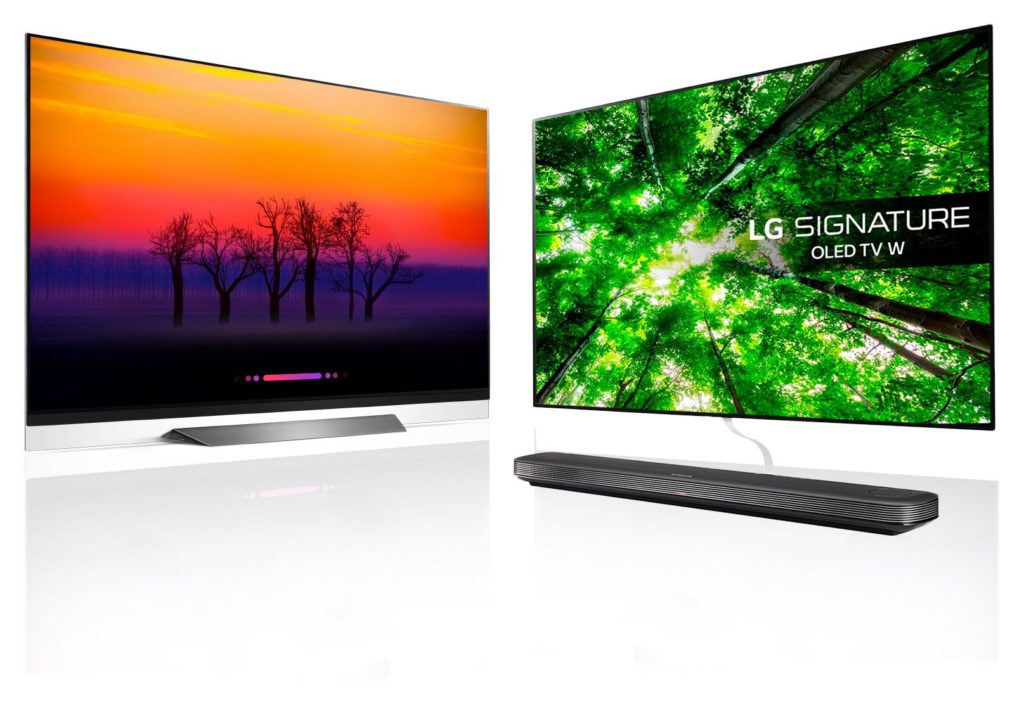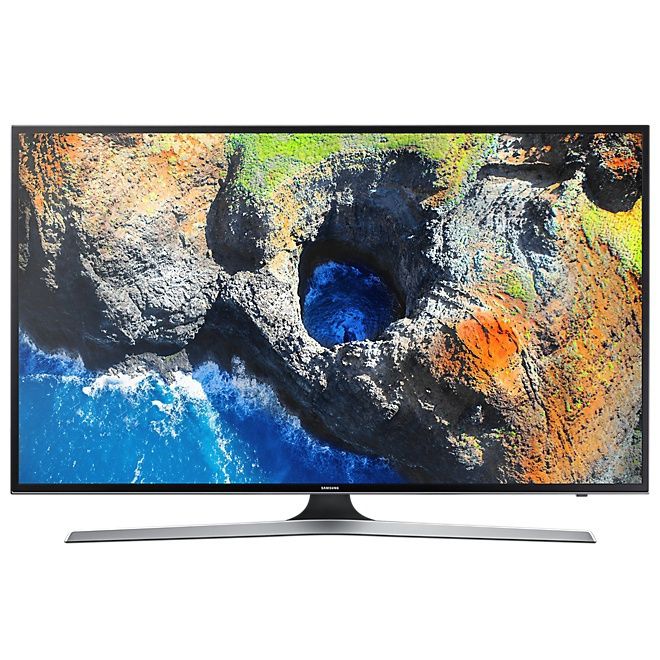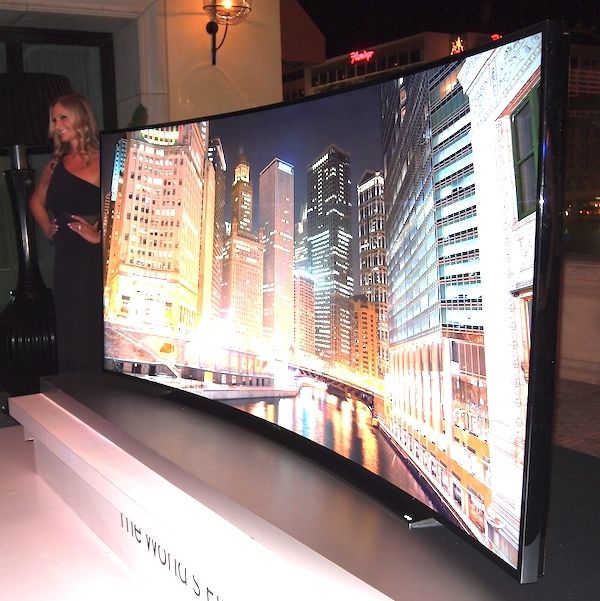What is ice TV
Technology and its manufacturers are improving every year, and there are new products in the camp of TV receivers. The market offers a huge range of LED panels from various companies; today these are the most popular models. You can easily choose both a budget and an expensive option with a lot of additional features. However, few people know where this technology came from and what advantages it has.
The content of the article
What is an LED TV?
LED TV - TV receiver with a liquid crystal screen. LCD monitors won’t surprise anyone anymore, so it’s unclear what’s so special about LED. The design differs in that it is equipped with LED backlighting instead of the usual fluorescent lamps. The name appeared as a result of the release of products by the Korean company Samsung. The global manufacturer set certain boundaries, and LED TV took root. In other words, it is a backlit LCD TV.

Liquid crystal TV receivers are equipped with fluorescent lamps, and therefore have characteristic disadvantages. Replacing lamps with LEDs solved a number of these problems. In addition, thanks to this, TVs have become thinner and consume less energy.
The essence of LED technology
LED (Light Emitting Diode) is a technology that allows you to receive light radiation when connecting a cathode and a semiconductor. It, in turn, connects to the anode - electrons interact with photon radiation. This is how light appears.

Today, many devices are produced, differing in different parameters: the type of LEDs and the order of arrangement.
The following types are distinguished by the color of the lamps:
- mono color (White) - the most budget option that has no disadvantages;
- multi-colored (RGB LED): increased number of halftones, increased brightness. Due to this, it consumes more energy, since a powerful processor is required;
- mixed (blue LEDs supplemented with a film with two primary colors: red and green). Significantly reduced power consumption, but low contrast.
There are two types of location - behind the LCD matrix and direct backlight. The latter has a small drawback; gaps are noticeable in some models.
It is worth noting that the more advanced OLED display technology, unlike its older brother, does not transmit radiation from the LEDs through the LCD panel. Instead, making contact through multiple individual small-sized organic light-emitting diodes. They are made of organic polymers and are capable of specific darkening or emission.

Positive points, environmental friendliness
Both ICE and OLED technologies have gained both many supporters and opponents. However, its advantages are undeniable, especially in comparison with other technologies.

The advantages are as follows:
- High resistance to external influences. In other words, the technology can withstand harsh conditions of use. Vibration, small sliding impacts, water getting inside the case, different temperatures and any pressure - it is not afraid of it. But this should not be allowed.
- Low energy consumption.This parameter allows LED models to prevail in the market, since a TV with this technology consumes 10 times less than a conventional device. In addition, high efficiency is observed.
- Durability (not least due to its resistance to impact). LEDs are at least 70 times more efficient than conventional incandescent lamps, and can also last 2 times longer than cold cathode lamps. LED backlight can work up to 80 thousand hours.
The main advantage is worthy of special consideration - environmental friendliness. LEDs do not contain harmful compounds that are dangerous to nature and the user.
Reference! Fluorescent lamps and CCFLs contain mercury. This element tends to accumulate in the environment and the human body when inhaled. Any breakdown will lead to leakage, which can cause intoxication. In addition, recycling of such models is difficult. This is why LED technology is recognized as the safest for TVs.





